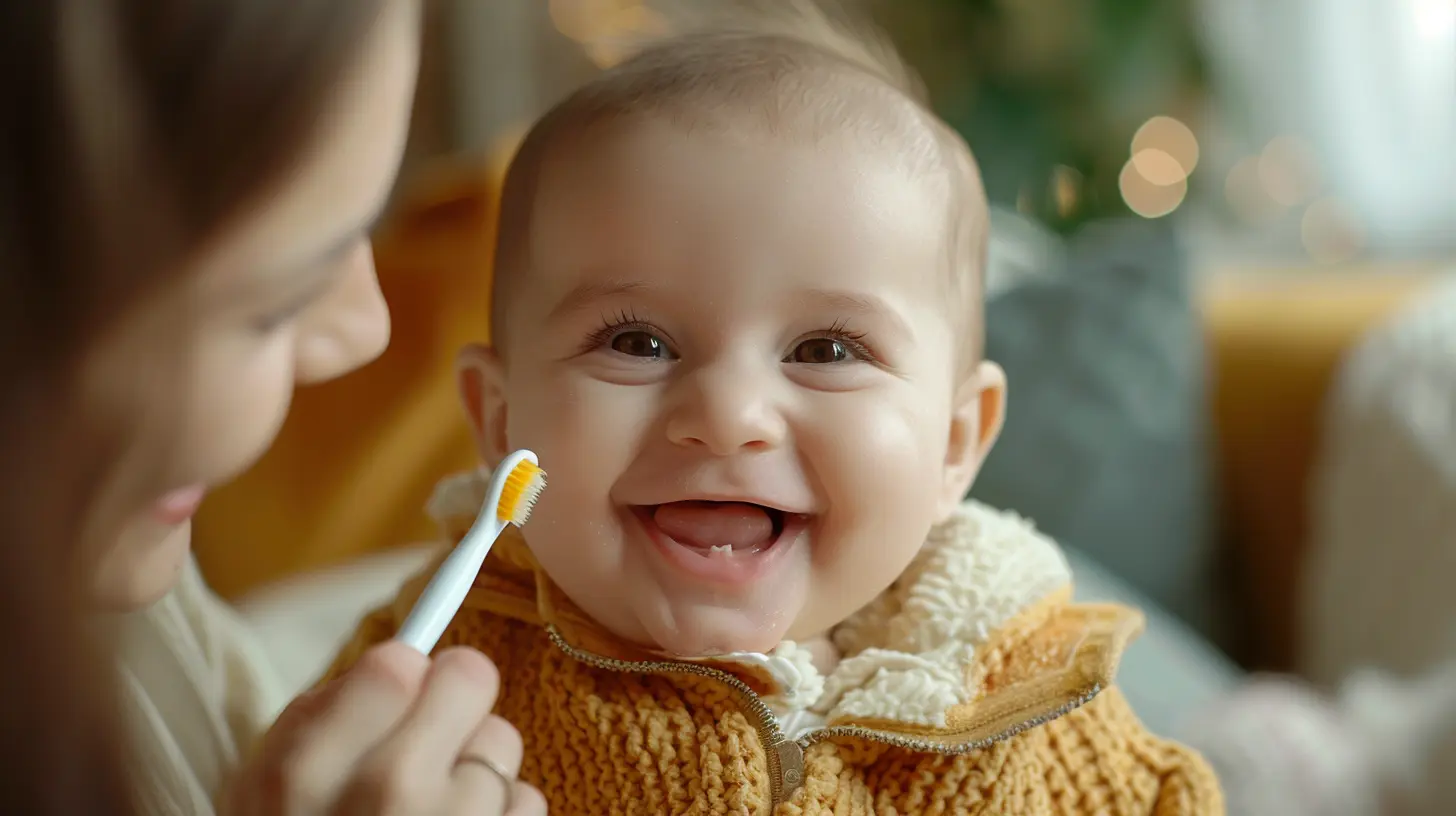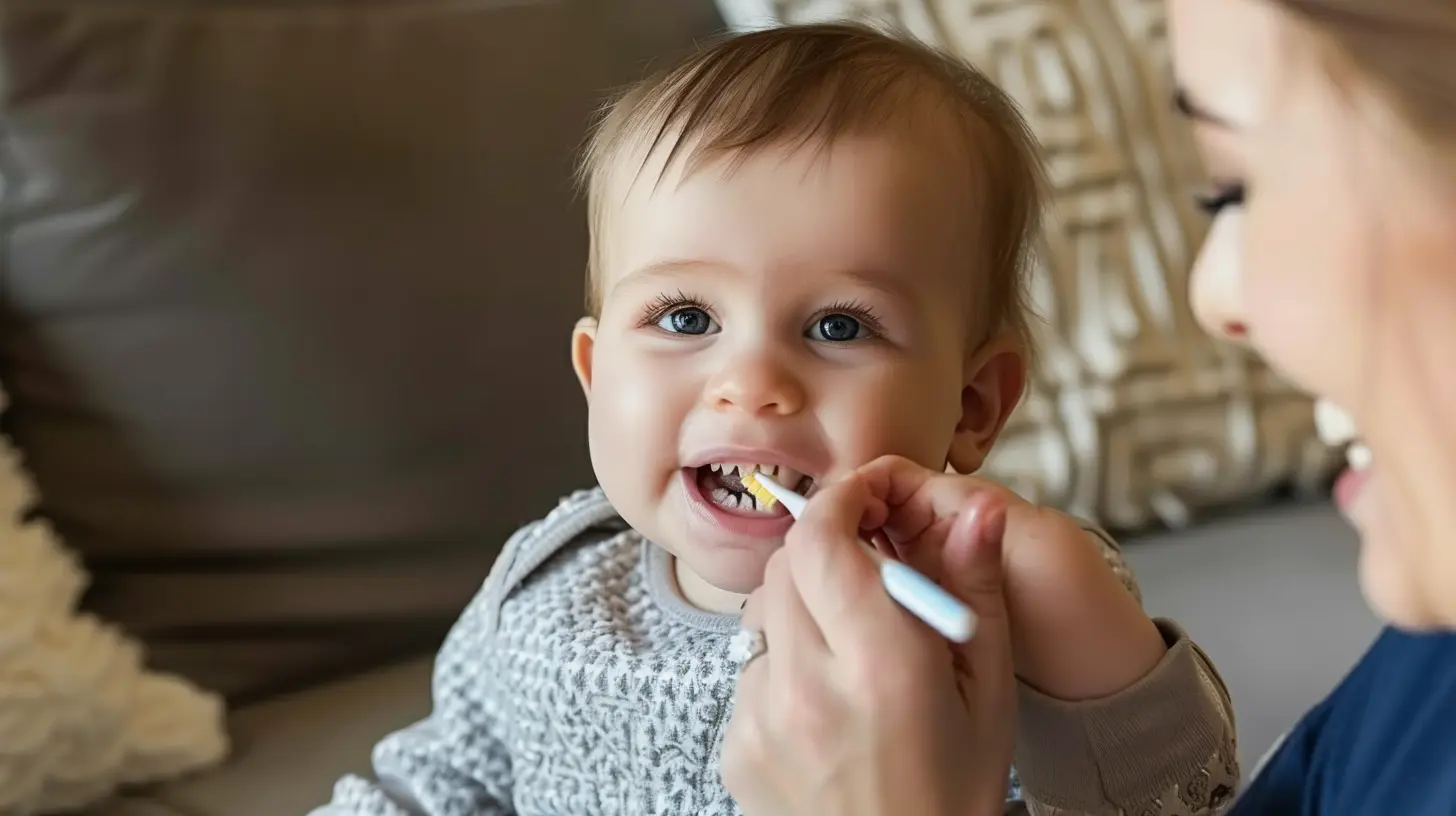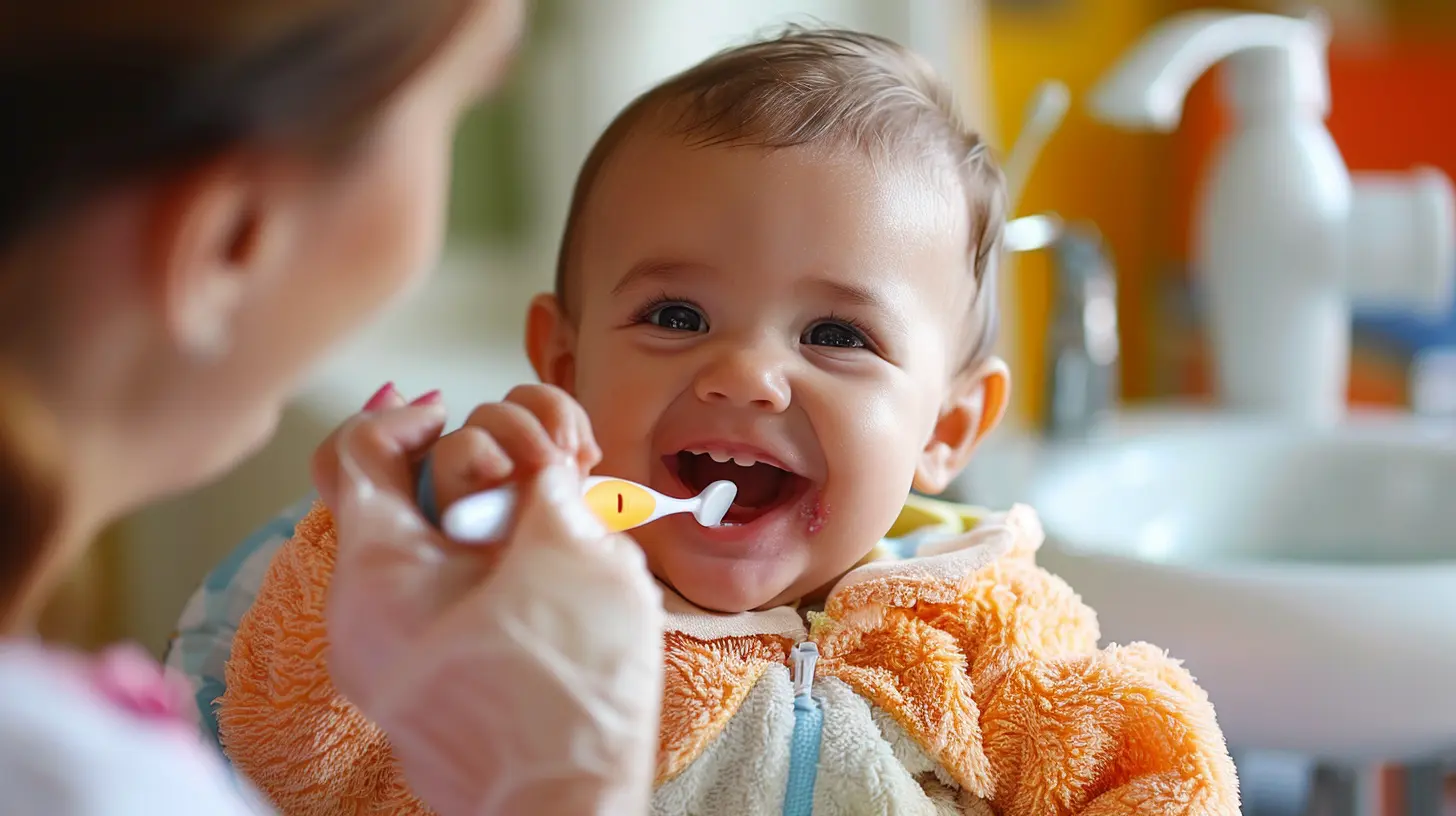Teething and Fever: What’s the Connection?
21 October 2025
Teething is one of those major milestones in your baby’s development that parents both look forward to and dread at the same time. On one hand, those tiny little teeth are absolutely adorable! On the other hand, the crankiness, drooling, and sleepless nights can be quite a challenge.
One common concern many parents have is whether teething causes fever. You may have heard from other moms and dads that fever is just part of the teething process—but is that really the case? Let’s break it all down in this cheerful guide to teething and fever! 
Understanding Teething: What’s Happening to Your Baby?
Teething is the process of a baby’s teeth erupting through their gums. While this usually begins around six months, some babies start as early as three months, while others may not cut their first tooth until their first birthday.Signs Your Baby Is Teething
If your little one is teething, you might notice:✔️ Excessive drooling – You may find yourself constantly wiping their chin and changing damp onesies.
✔️ Gum swelling and tenderness – Their gums may look red and puffy where the tooth is about to emerge.
✔️ Increased chewing – Babies love gnawing on anything to relieve the discomfort—teething toys, fingers, or even furniture!
✔️ Irritability and fussiness – Teething can be uncomfortable, leading to crankiness and more frequent crying.
✔️ Changes in sleep patterns – The discomfort may wake them up more often at night.
✔️ Loss of appetite – Tender gums may make eating less enjoyable than usual. 
The Great Debate: Does Teething Cause Fever?
Now comes the big question—does teething actually cause fever?The short and simple answer is no—teething itself does not cause a fever. However, it can slightly raise your baby’s body temperature.
Why Do People Think Teething Causes Fever?
Many parents notice that their baby seems a little warm during teething. This is because the process of teeth pushing through the gums can cause minor inflammation, which may lead to a slight increase in body temperature. But here’s the catch—this temperature rise is usually very mild and not considered a true fever.A fever is typically defined as a temperature over 100.4°F (38°C). If your baby’s temperature climbs above this, teething is probably not the culprit. 
Possible Reasons for Fever During Teething
If teething doesn’t actually cause fever, why do so many babies seem to run a temperature around the same time their teeth start coming in? Here are a few possible explanations:1. More Germs, More Infections
Teething babies love to put everything in their mouths—teething rings, fingers, toys, and even the remote control if they can get their hands on it! This increases their exposure to germs, which can lead to infections like colds, ear infections, or even stomach bugs that might cause fever.2. Timing Overlap with Common Illnesses
Teething tends to begin around six months, which happens to be the same time that babies start losing the immunity they received from their mom during pregnancy. This makes them more vulnerable to infections. So, when a baby develops a fever, runny nose, or diarrhea, it’s more likely due to a virus than teething itself.3. Inflammation Can Cause Slight Heat
While teething doesn’t cause high fever, the mild inflammation in the gums can make babies feel a little warm, especially in the cheeks and mouth. However, this shouldn't result in a significant fever.
How to Help a Teething Baby (Without Losing Your Mind!)
Teething can make your little one miserable (and in turn, make your days feel extra long), but the good news is there are plenty of ways to soothe their discomfort! Here are some tried-and-true remedies:1. Offer a Chilled Teething Toy
Cold helps numb the gums a little, so try popping a teething ring in the fridge for a bit before letting your baby chew on it. Avoid freezing it completely because that can be too hard on their delicate gums.2. Massage Their Gums
Using a clean finger, gently rub your baby’s gums. This can provide some relief by applying light pressure to the sore spots.3. Try a Cold Washcloth
A clean, damp washcloth placed in the fridge for a few minutes works wonders as a natural teething soother. Let your baby chew or suck on it to relieve discomfort.4. Breastfeed or Offer a Bottle
Sometimes, the comfort of nursing or sucking on a bottle helps distract babies from their teething pain. If breastfeeding, be prepared for a potential surprise bite!5. Use Pain Relievers (If Necessary)
If your baby seems particularly uncomfortable, you can ask your pediatrician about using infant acetaminophen (Tylenol) or ibuprofen (Motrin, for babies older than 6 months). Always check with a doctor before giving medication.When to Worry About a Fever
While a slight rise in temperature during teething is normal, an actual fever can signal something more serious. Here are some red flags to watch for:🔴 Temperature over 100.4°F (38°C)
🔴 Fever lasting more than 24 hours
🔴 Severe diarrhea or vomiting
🔴 Refusal to eat/drink leading to dehydration
🔴 Lethargy or difficulty waking up
🔴 Unusual rash
If your baby has any of these symptoms, don’t just assume it’s teething—reach out to your pediatrician!
Final Thoughts: Teething and Fever—What’s the Verdict?
To sum it all up:🎈 Teething does not directly cause fever
🎈 Mild temperature increases are normal, but high fevers are not
🎈 More exposure to germs during teething can lead to real fevers
🎈 If your baby has a fever above 100.4°F, look for other signs of illness
Teething is definitely a challenging time, but thankfully, it’s temporary. Before you know it, your tiny gummy-grinned baby will be flashing you a toothy little smile! Hang in there, parents—you’ve got this!
all images in this post were generated using AI tools
Category:
Teething BabyAuthor:

Kelly Snow
Discussion
rate this article
1 comments
Paris McVeigh
Teething can be a challenging time for both parents and little ones, but remember, this too shall pass! Your love and patience during these moments are what make you an amazing parent. You've got this!
October 25, 2025 at 3:09 PM

Kelly Snow
Thank you for your kind words! It's true that teething can be tough, but understanding the process can help both parents and children navigate it more smoothly.


